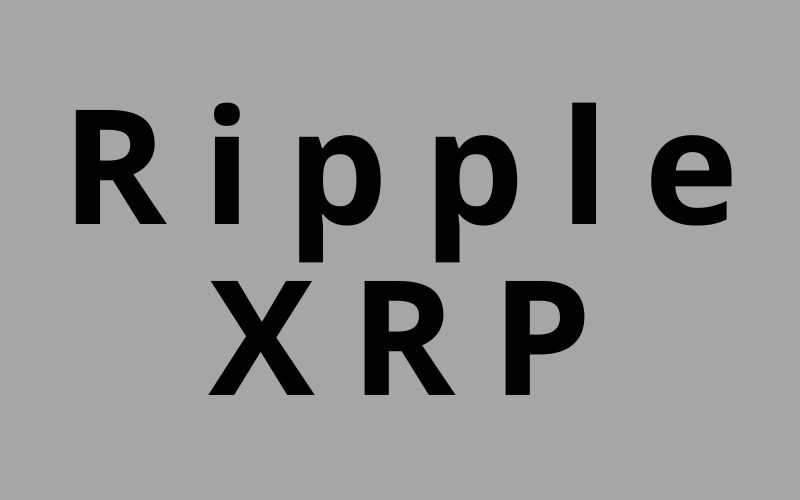

In a recent tweet, crypto influencer Amelie highlighted a significant development in Japan’s banking sector that has garnered substantial attention.
According to her tweet, 61 Japanese banks have formed a consortium aimed at building a domestic payment platform based on Ripple, which also enables cross-border transactions.
This initiative is expected to fully integrate XRP by 2025. The tweet was accompanied by a video where a woman, presumably a key figure in the industry, discussed Japan’s current payment landscape and the motivations behind this monumental shift.
The woman in the video begins by noting that Japan remains a largely cash-oriented society, a fact that might come as a surprise to many who perceive the country as being at the forefront of technological advancement.
She reveals that only 19% of all transactions in Japan are digital, a statistic that underscores the nation’s reliance on cash. This reliance on cash has become a significant concern for the Japanese government, making it a national agenda to increase the ratio of digital payments within the country.
In response to this agenda, the government has encouraged banks to innovate and develop new systems that can facilitate the transition from cash to digital payments. This directive from the government is a critical driver behind the formation of the consortium of 61 banks, which aims to create a new payment platform leveraging Ripple’s distributed ledger technology (DLT).
The consortium’s decision to adopt Ripple’s technology represents a strategic move to modernize Japan’s payment infrastructure. Ripple’s DLT is expected to replace the existing domestic payment system named the Zengin.
The Zengin system, which has been in operation for decades, is now viewed as outdated amid the growing demand for more efficient and secure digital payment solutions.
Ripple’s technology offers several advantages that make it an ideal choice for this initiative. Firstly, Ripple’s DLT allows for faster and more cost-effective transactions compared to traditional banking systems.
This is particularly important for cross-border payments, which are often slow and expensive under the current infrastructure. By integrating Ripple’s technology, the new payment platform is expected to significantly enhance the speed and efficiency of both domestic and international transactions.
Moreover, the use of XRP as a bridge currency within the system will further reduce transaction costs and eliminate the need for pre-funded accounts, a common requirement in the current system. This is likely to make the process of sending and receiving payments more seamless for both individuals and businesses.
The formation of this consortium and the adoption of Ripple’s technology could have far-reaching implications for Japan’s financial landscape. If successful, this initiative could serve as a model for countries facing similar challenges in transitioning from cash to digital payments. Additionally, it could position Japan as a leader in the adoption of blockchain technology within the banking sector.
The woman in the video also contrasts Japan’s approach with that of Zelle, a U.S.-based digital payment network that operates on existing financial infrastructure. Unlike Zelle, which builds on pre-existing rails, Japan’s new payment platform is being constructed from the ground up using Ripple’s advanced technology.
This approach ensures greater efficiency and allows the inclusion of features such as cross-border payments, which are not typically supported by domestic payment systems like Zelle.
The creation of a consortium of 61 banks in Japan to develop a Ripple-based payment platform marks a significant milestone in the country’s journey toward digital transformation. By 2025, the use of XRP is expected to be fully integrated into this new system, potentially revolutionizing the way payments are made domestically and internationally.
Disclaimer: This content is meant to inform and should not be considered financial advice. The views expressed in this article may include the author’s personal opinions and do not represent Times Tabloid’s opinion. Readers are urged to do in-depth research before making any investment decisions. Any action taken by the reader is strictly at their own risk. Times Tabloid is not responsible for any financial losses.
Follow us on Twitter, Facebook, Telegram, and Google News
By Chainfocus on March 7, 2025 I Market Insights The cryptocurrency market is heating up…
Crypto influencer Amelie (@_Crypto_Barbie) recently reinforced a long-standing belief within the XRP community that XRP…
Pepe Coin (PEPE) has tumbled to $0.0000073, marking an 18% drop and raising concerns that…
With 80% of Japanese banks gearing up for integration, Ripple’s XRP continues to make power…
By Trend Tracker on March 8 2025 | Market Insights The race for blockchain dominance…
Crypto analyst Egrag Crypto has shared a bold projection for XRP, suggesting that the asset…